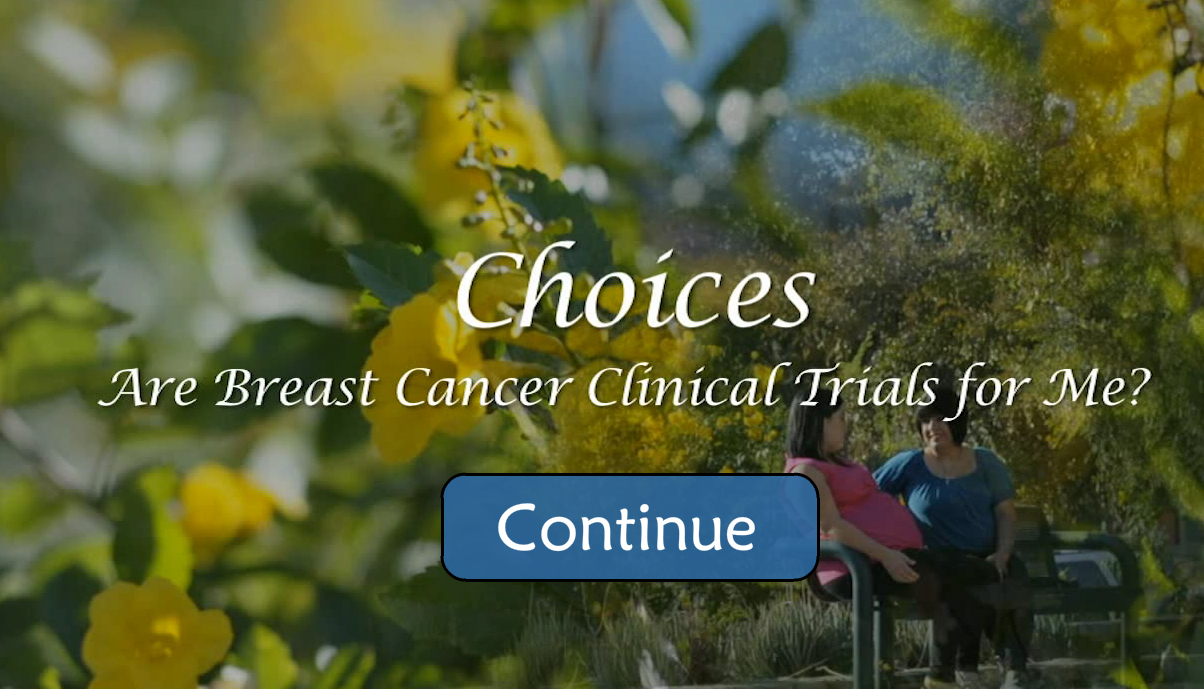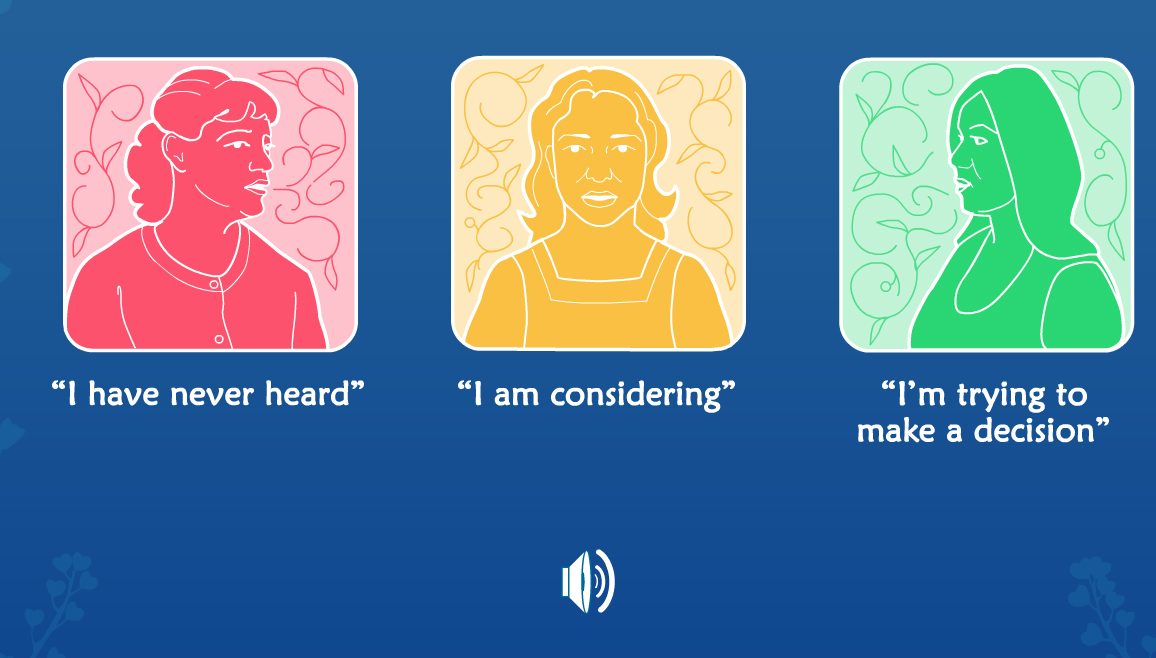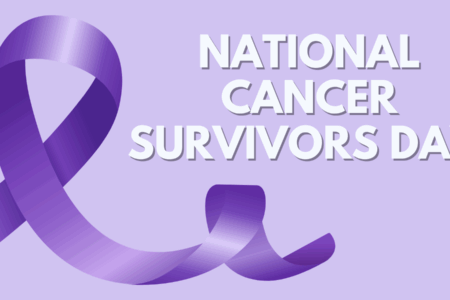
Share On Social!
Interactive videos featuring real Latina cancer survivors talking about clinical trials can help Latina breast cancer patients consider trials as a treatment option, according to a new pilot study led by Dr. Amelie Ramirez of UT Health San Antonio.
The study, published in Translation Behavioral Medicine, tested the videos with 77 Latina breast cancer patients at Mays Cancer Center.
Researchers randomly assigned 39 Latinas to a control group and 38 to a test group.
Then test group received “Choices,” a 30-minute interactive educational video program in English or Spanish about clinical trials and common barriers (delivered on a computer in the clinic). “Choices” also included a bilingual booklet and access to a patient navigator for care coordination. Control participants received usual care. Researchers surveyed all Latinas about clinical trials before and after.
 After “Choices,” Latinas showed far greater understanding of clinical trials than controls.
After “Choices,” Latinas showed far greater understanding of clinical trials than controls.
More importantly, Latinas considering a clinical trial as a treatment option jumped from 52.8% before “Choices” to 86.1% after. Those who were aware of the risks and benefits but needed more information about clinical trials rose from 50% to 88.9%.
“Showing Latina breast cancer patients interactive, culturally tailored videos about clinical trials can help them hurdle any cultural barriers and consider trials as a positive treatment option,” said Dr. Ramirez, study leader. Dr. Ramirez also is director of the Institute for Health Promotion Research (IHPR) and the Salud America! Latino health program at UT Health San Antonio.
In “Choices” videos, Latinas can choose different paths based on how much they know about trials:
- I have never heard about clinical trials.
- I’m considering participating in a clinical trial.
- I’m aware of risk and benefits but need more information.
 Each branch of the videos shows doctors and nurses providing educational information about breast cancer clinical trials.
Each branch of the videos shows doctors and nurses providing educational information about breast cancer clinical trials.
The videos also feature real Latina cancer survivors as role models. The survivors talk about how they asked doctors questions and discussed clinical trials with their friends and families before participating. They also share how they overcame common cultural, attitudinal, and practical barriers to trial participation.
Study results indicate that such videos have potential to boost Latino representation in clinical trials.
“Latinos represent 17% of the U.S. population but only 5.6% of participants in National Cancer Institute treatment clinical trials,” said Dr. Patricia Chalela, an IHPR researcher who is part of Dr. Ramirez’s study team. “Underrepresentation of minorities in clinical trials results in disparities of cancer outcomes and limits generalizability of the findings because researchers cannot study how minority patients respond to new treatments.”
More research is needed to test this intervention with a larger sample size and in different types of cancers, Ramirez said.
“Such research could lead to the implementation of effective culturally tailored interventions with the potential to reduce racial/ethnic disparities in clinical trial participation,” Ramirez said. “This would allow researchers to assess differential effects in outcomes of therapies on biological and genetic characteristics and ultimately improve cancer outcomes among Latinos and other ethnic and racial minority groups.”
By The Numbers
10
Percent
of clinical trial participants are Latinos



